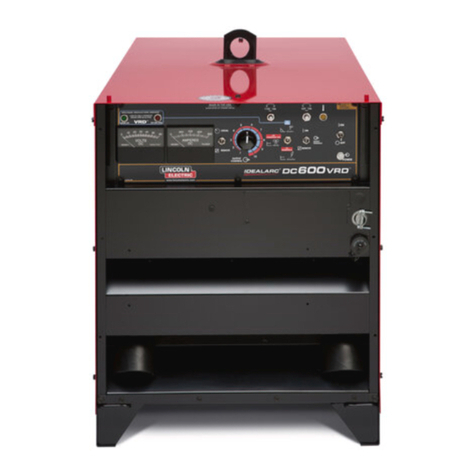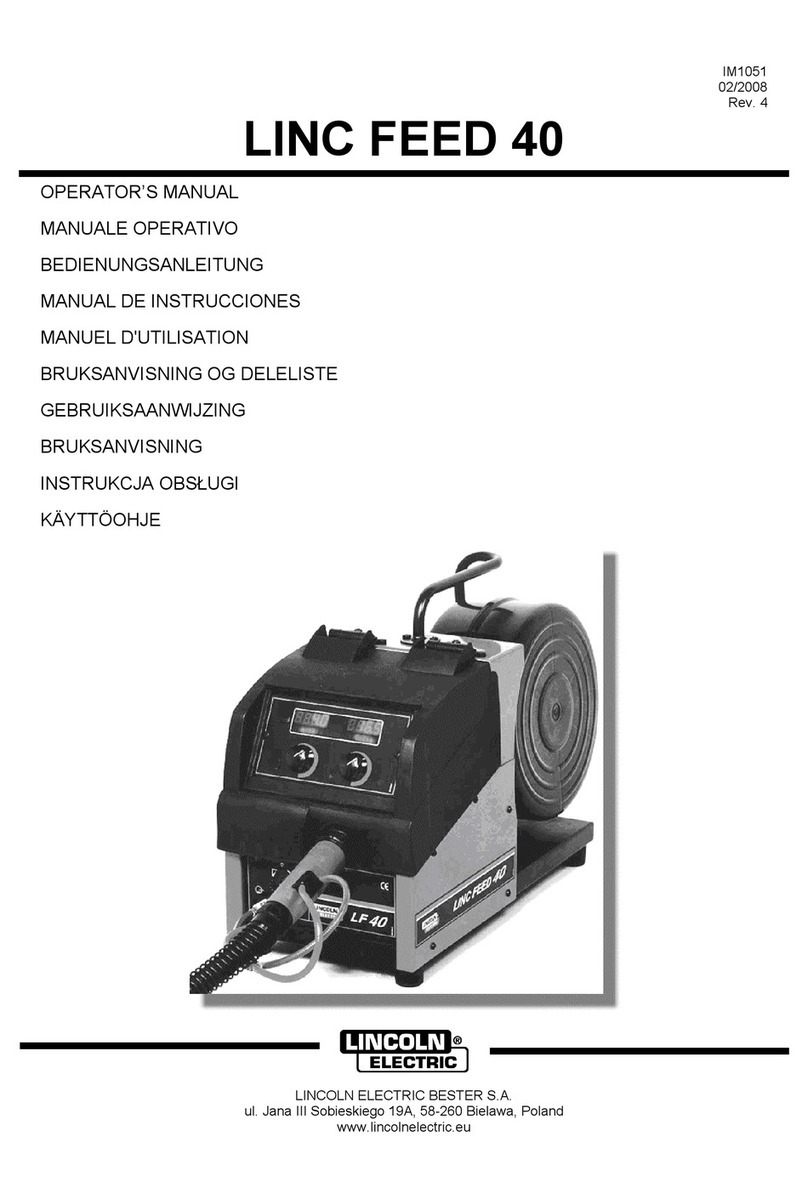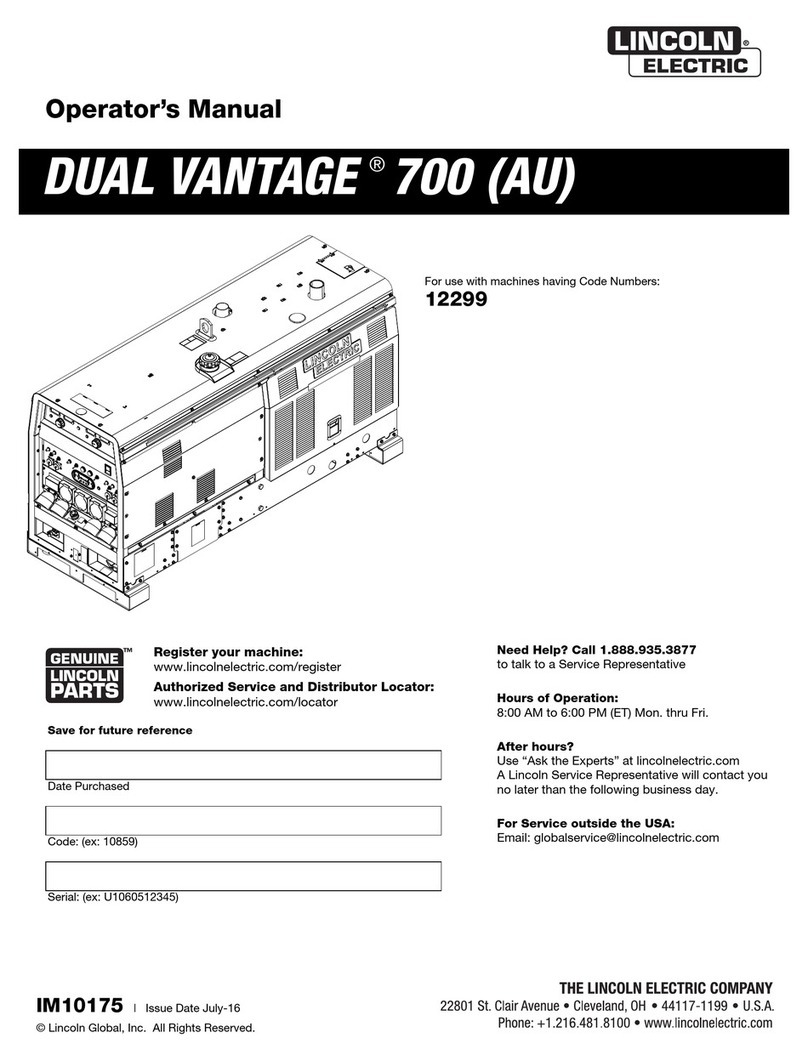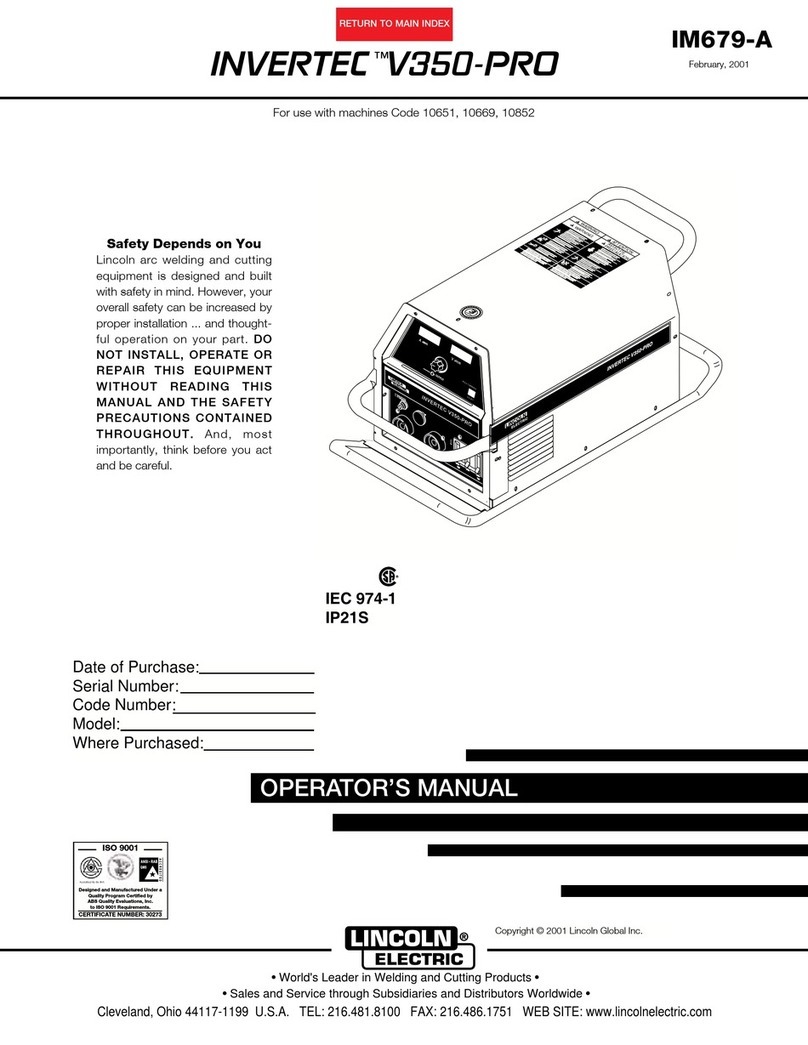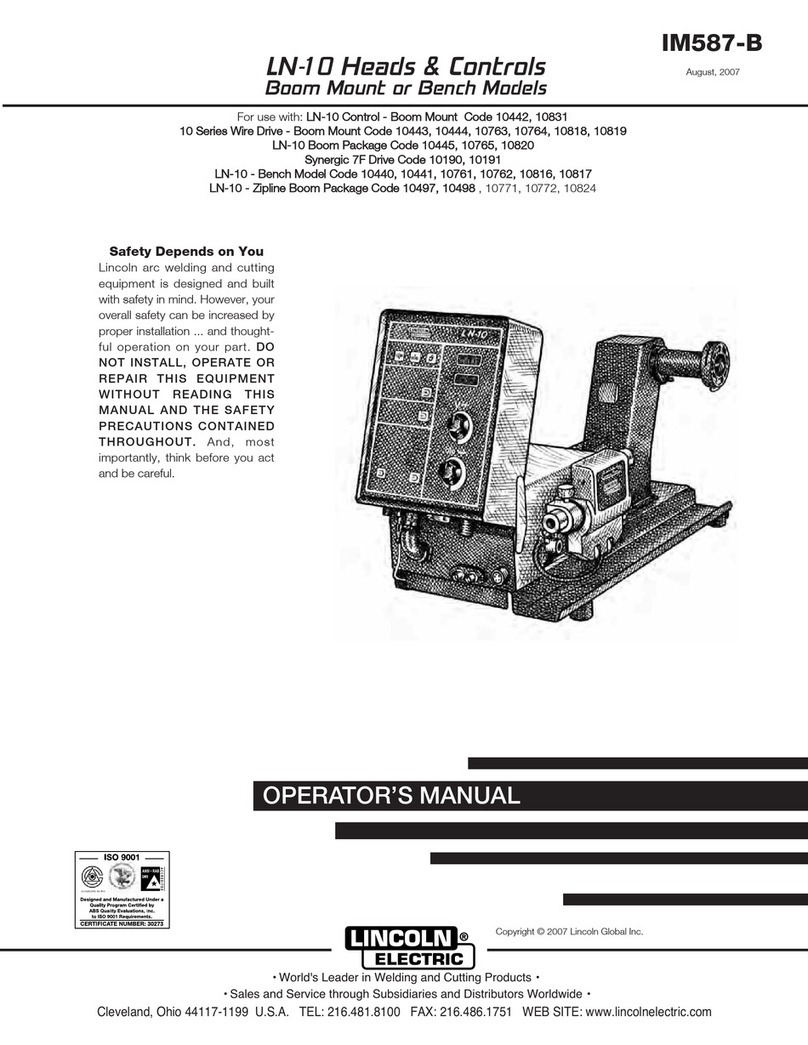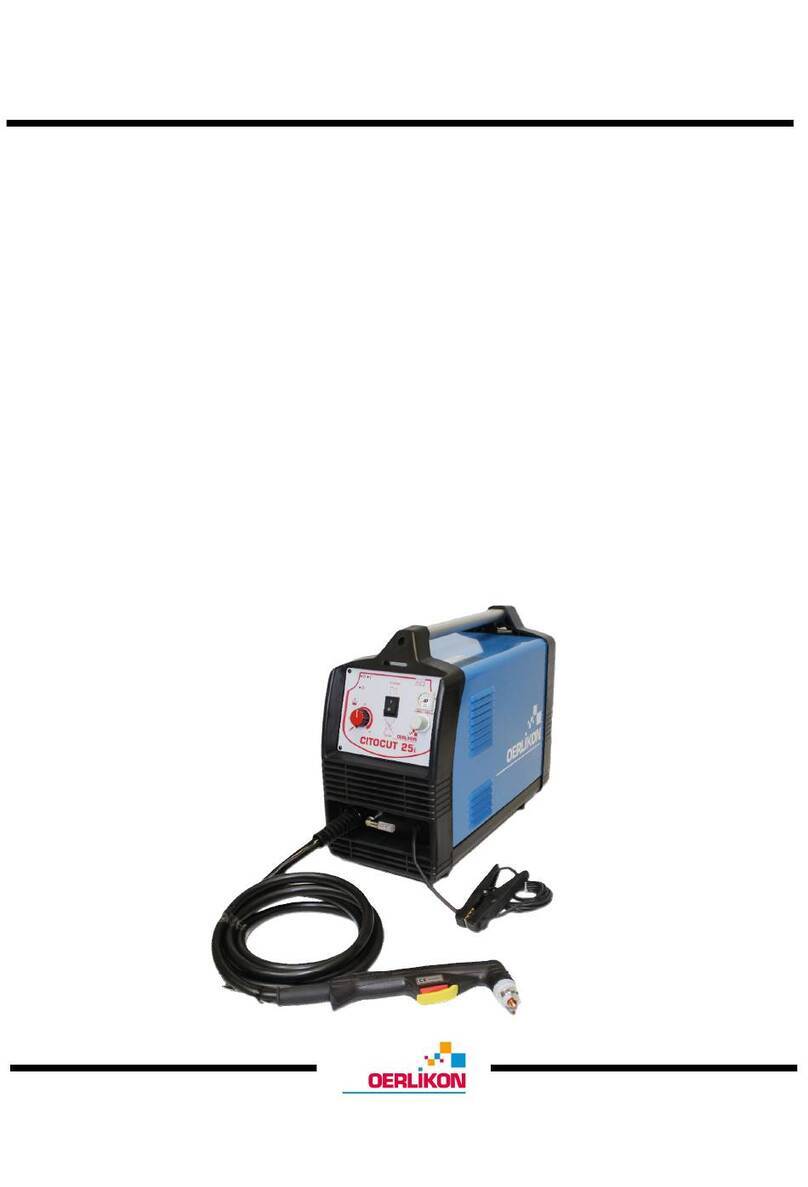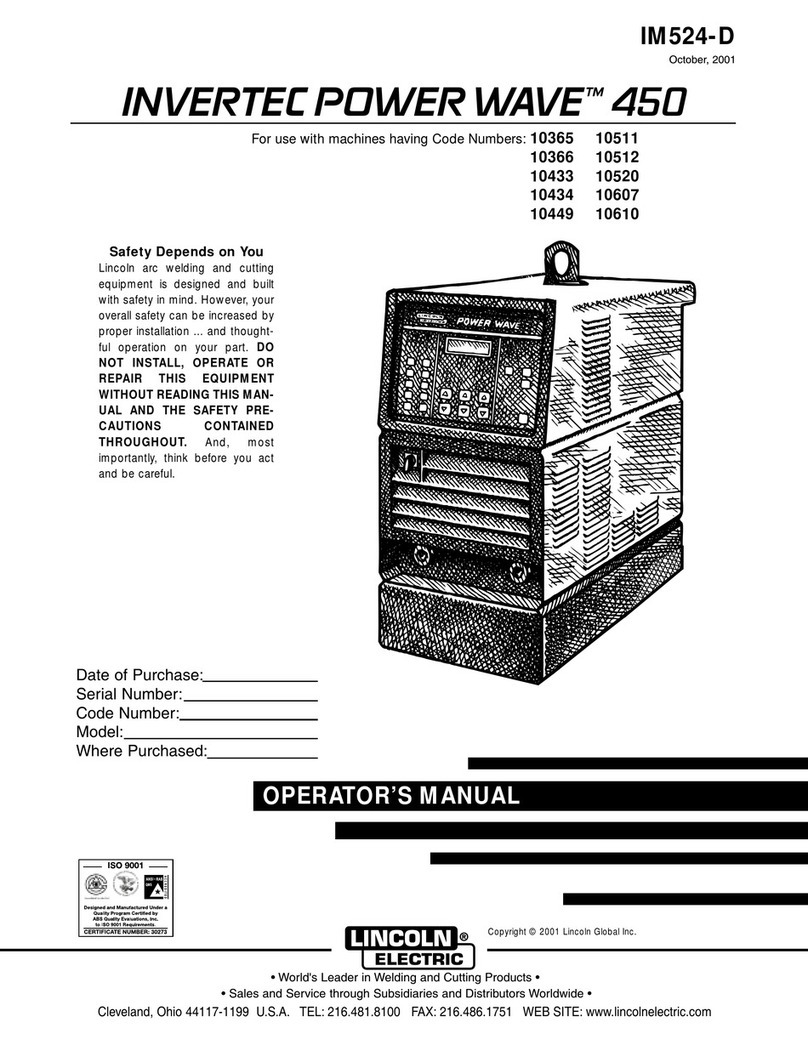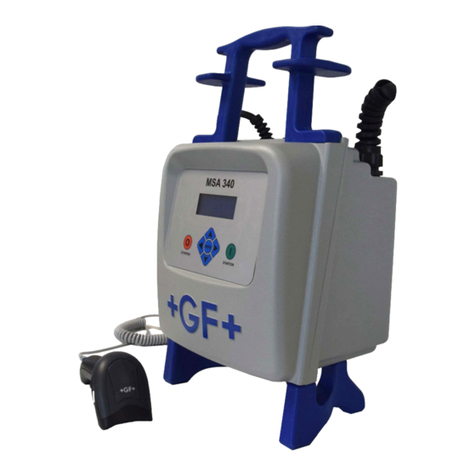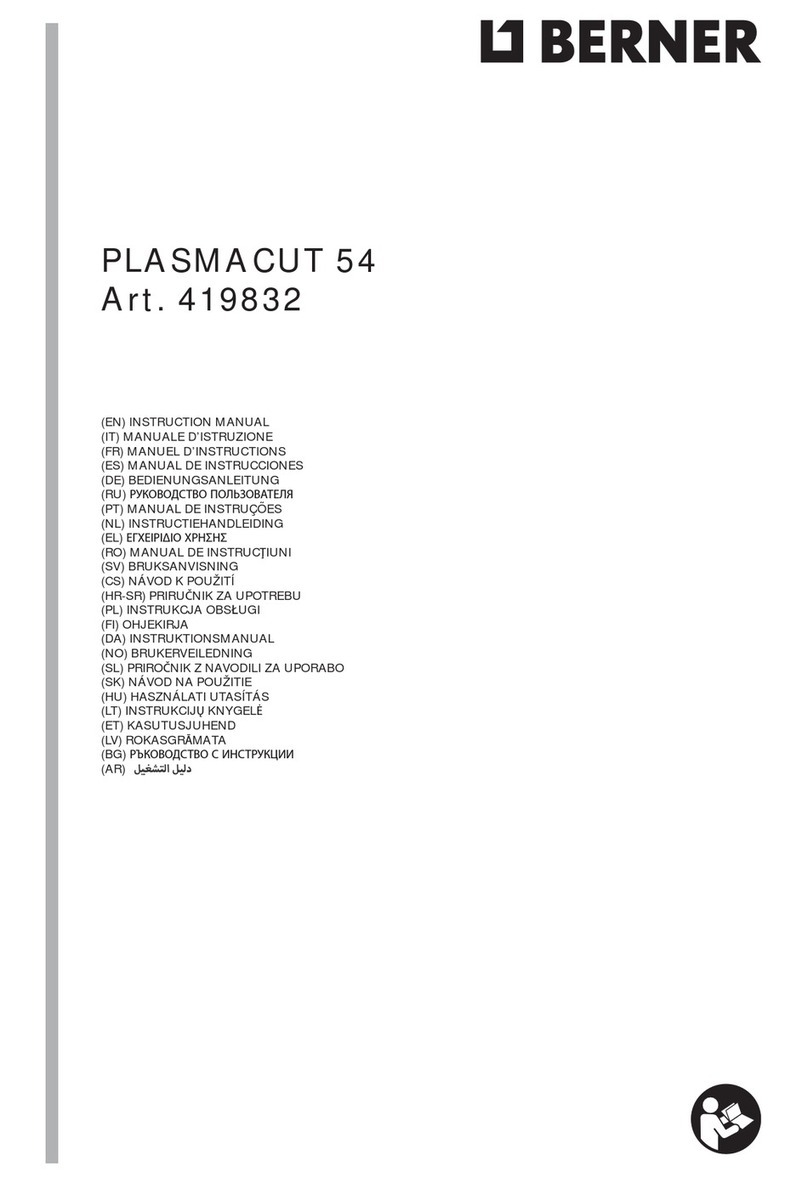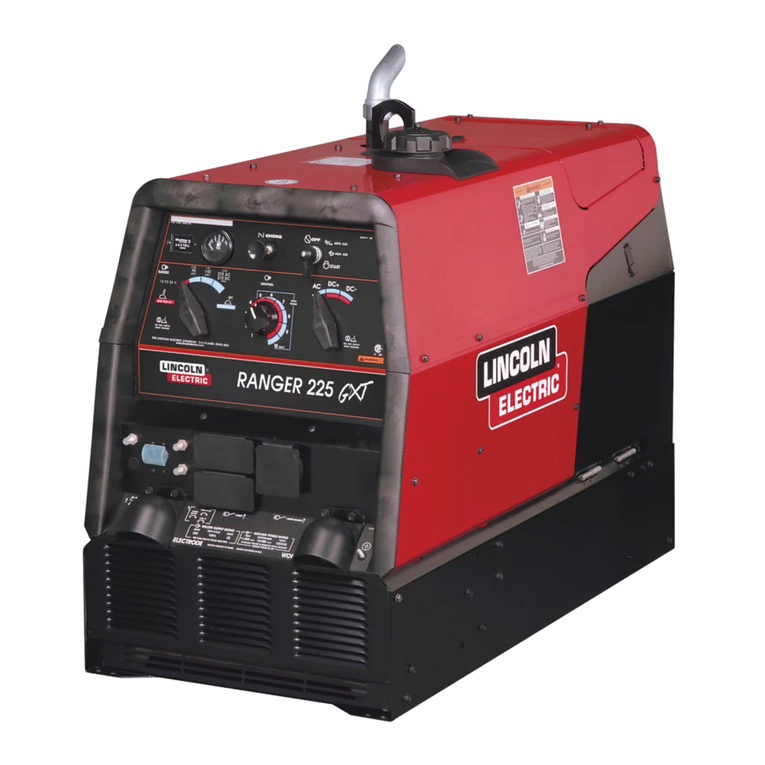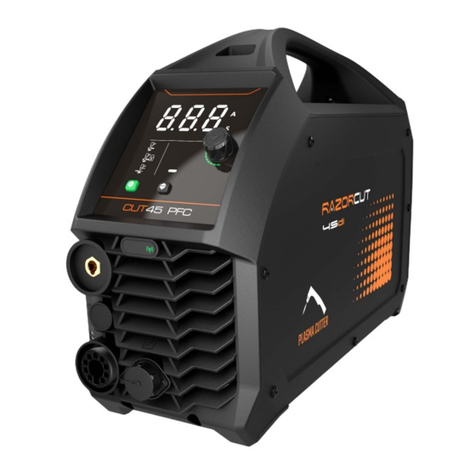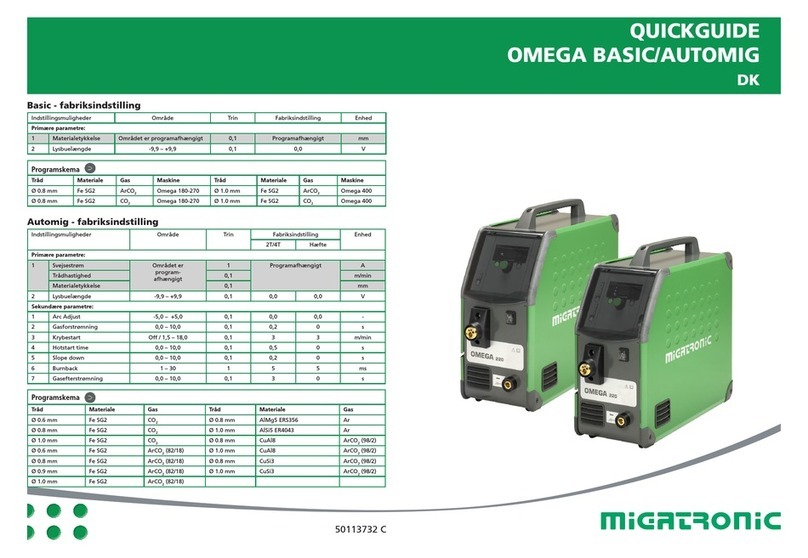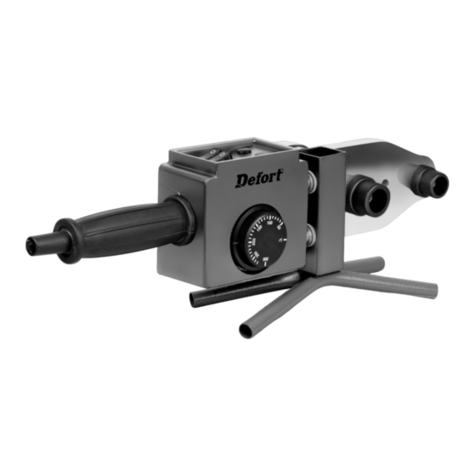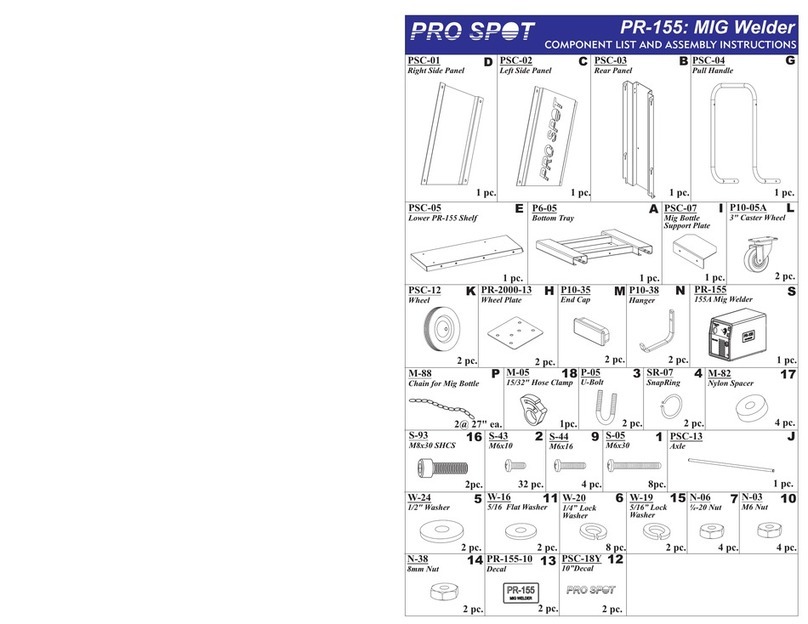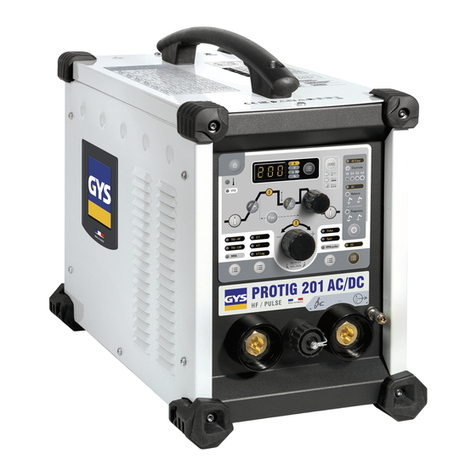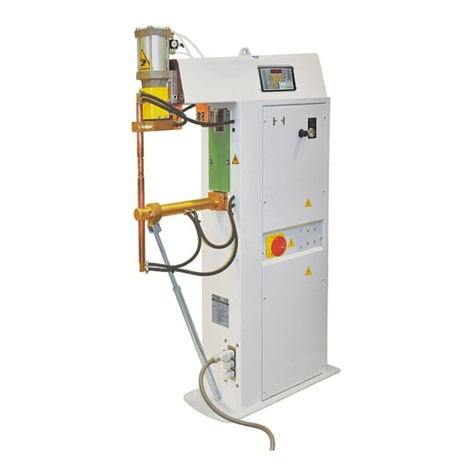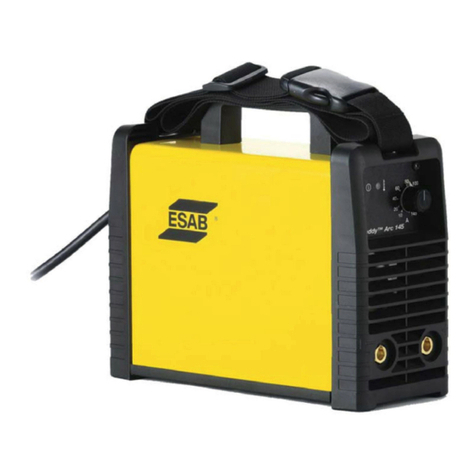
OPERATING INSTRUCTIONS
2. Arc striking with DC-1500 mode switch on Cv sub-arc or
CV Innershield — There are a number of basic tech-
niques for good arc striking that apply to all processes
and power sources. It may not be necessary in every
application to follow these guidelines, but when striking
problems do occur, following the suggestions below
should provide trouble-free starting. These procedures
apply to all single solid wire, Innershield wire, and
Twinarc 1/8and 3/32 solid wire.
a. Except for long stickout Innershield procedures and
Tiny Twinarc 1/16 procedures, an NA-3 start board is
not needed. If a start board is not needed, it should
be removed from the machine, or at least discon-
nected and the logic board jumper plug replaced.
Leaving it connected makes the setup for arc striking
more difficult. Also, if a crater board is not needed,
it should be removed from the NA-3 or at least elec-
trically disconnected and the jumper plug replaced.
b. Cut electrode to a sharp point.
c. For cold starts, make certain work piece is clean
and electrode makes positive contact with plate.
d. For hot starts, travel should be started before wire
contacts the work (“on the fly” starting).
e. Set NA-3 open circuit voltage control to approxi-
mately the same setting as the weld setting. For
initial test welds, choose the voltage setting based
on the table below. Set the inch control to 2.
These are approximate settings only until the weld-
ing procedure has been set.
It should be noted that with the DC-1500 the OCV
required for optimum starting is lower than that
required with other type power sources.
f. Run a test weld, setting the proper current, voltage
and travel speed.
g. Once the proper welding procedure is established
and if the start is poor — wire blast-off, stub, etc.,
adjust the OCV and inch speed for optimum start-
ing. In general, a low inch speed will provide the
best starting.
Adjust the OCV by making repeated starts and ob-
serving the voltmeter action.
With proper adjustment of the OCV control, the
voltmeter needle will swing smoothly up to the de-
sired arc voltage and thus provide repeatable starts.
If the voltmeter swings above then back to the de-
sired welding voltage, the OCV setting is too high.
This usually results in a bad start where the wire
tends to “blast-off”.
If the voltmeter needle hesitates before coming up
to the desired voltage, the OCV is set too low. This
will cause the electrode to stub.
h. For Twinarc welding, clipping both wires to equal
lengths will be beneficial to make consistently good
starts.
3. Single Innershield Wire — Procedures and techniques
are the same as above, except starting is generally better
“hot” than “cold”. For electrical stickouts above 13/4an
NA-3 start board is required.
4. Twinarc Innershield — Procedures and techniques are
the same as above, except starting is generally better
“hot than “cold”. Use of an NA-3 start board improves
starting.
5. Twinarc Submerged Arc 1/16 — Procedures and tech-
niques are the same as above, except starting is best when
using CV Innershield and the NA-3 start board.
6. Use of the NA-3 Start Board — For those processes
above that recommend use of the NA-3 start board, the
following method should be used to set up the procedure.
a. Set start time at 0 and start current and voltage at
mid-range. Start the weld and set the proper current
and voltage for the welding procedure.
b. Turn the start board timer to maximum.
c. Set start board current 1 to 11/2dial numbers below
NA-3 front control settings.
d. Place start board’s voltage control approximately
equal to NA-3 voltage control setting.
When set per c and d, above, the starting only pro-
cedure will provide a current setting lower than the
NA-3 current setting and a voltage setting nearly
equal to the desired welding procedure.
e. With the start board time delay set at maximum,
establish the correct arc striking procedure as de-
scribed previously by changing OCV and inch speed.
f. Now increase the start board current and voltage to
bring the start current and voltage closer to the weld-
ing procedure. The start board current and voltage
should be as close to the welding procedure as pos-
sible while still getting satisfactory starts.
g. Now decrease the start time as low as possible for
optimum starts.
7. Arc striking with the DC-1500 mode switch in VV.
a. NA-3 — The NA-3 variable voltage board mode
switch should be set to the VV position.
b. Set OCV control at 6.5 to 7.0.
c. Other techniques recommended in the previous sec-
tions for good arc striking apply here also.
Approximate Voltage Voltage Control Setting
22-24 2
34-36 4
46-48 6
56-60 8
-8-






